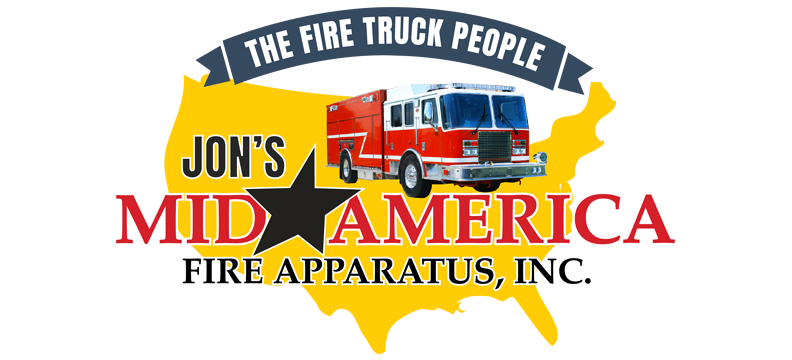It takes more than just water to put out a raging fire.
You’ve also got to have a way to deliver the water to the fire. This is why a quality pump is such a critical component of your fire apparatus.
The fire truck pump you choose will depend on a host of factors, including the types of calls your department responds to, the water sources available and of course, cost.
Let’s take a look at some of the different types of fire truck pumps and features you’ll want to consider when making a selection for your next fire apparatus.
Centrifugal Fire Pump
In use for over a century, centrifugal pumps are the most common type of fire truck pump.
- Water enters the pump through an inlet, then goes into the center of an impeller spinning on a shaft.
- The water spins outwardly through the impeller vanes into a volute casing, which increases pressure.
- A centrifugal pump can draft from unpressurized water sources with help of a primer.
Centrifugal pumps come in different “stages,” which refer to the number of impellers and water paths included within the pump.
- Single-stage centrifugal pump. This is a simple pump that’s great to use if you need a high-pressure pump discharge with no transfer valve. Water enters the pump through the inlet into a single impeller, and then moves outward through the impeller vanes into volute casing.
- Multi-stage centrifugal pump. A multi-stage pump gives you more flexibility to switch between pressure and volume modes. It comes with two or more impellers, which may be mounted on a single shaft or separate. Two-stage pumps tend to cost more up-front but generally achieve lower operating costs and longer life.
When deciding between a single- or multi-stage pump, there are a few things to consider.
- Performance. Single-stage pumps are designed to flow large volumes of water, while two-stage pumps have flexibility to flow different water volumes.
- Pump life. Two-stage pumps tend to be more efficient and suffer less wear and tear over the life of the pump.
- Simplicity. Single-stage pumps are generally easy to operate, but two-stage pumps give you more flexibility in terms of water volume and pressure.
- Cost. Single-stage pumps are less expensive to purchase, while two-stage pumps may save money on fuel and last longer.
Positive Displacement Pump
If you need to flow a smaller volume of water at high pressure, a positive displacement pump might be a good choice.
- This type of pump draws water into a chamber then squeezes it out under high pressure.
- Varieties include piston pumps, rotary vane pumps and gear pumps.
- Generally used with pressures well in excess of 1,000 psi.
- Can be used with foam injection systems and for priming a main centrifugal pump.
Other Fire Pump Features to Consider
In addition to different types of fire truck pumps, you’ll want to assess different pumps based on the following criteria:
- Drive method. This refers to how the pump gets the power needed to turn the shaft, which creates water flow and pressure. A midship mounted pump is located in the middle of the apparatus and is part of the apparatus’ drive line. The power take off option allows for pump and roll capability and can be driven by the main engine or a hydraulic pump. An auxiliary engine driven pump is connected to its own engine separate from the main engine, and can also be used in pump and roll applications.
- Pump location. Your fire pump can be located on the front, middle or rear of the apparatus. Size, horizontal or vertical positioning, stages, capacity and drive method are among the factors that will guide the location decision.
- Capacity rating. Size matters when it comes to fire pumps. Two metrics to look at are how many gallons per minute (gpm) will it pump and how much pressure can it apply in pounds per square inch (psi). The pump should be the right size for the water supply you’re using and based on the actual flows you need when responding to a call.
- Pump intakes. How does the water actually get into the pump? That’s the job of the intake. Most pumps feature two intakes — a large main inlet and a smaller auxiliary connection that can feed water from a pressurized source such as a fire hydrant.
- Pump discharges. Your pump discharge connects to a hose to flow water out of the pump. Discharges are rated based on the size of the hose connection. When considering discharges, look closely at plumbing size and materials, valve construction and controls, discharge instrumentation, chemical injection ability and hose and appliance connections to ensure compatibility.
Do you need to select a fire truck pump for your next apparatus? Get in touch with us at Jon’s Mid America. We’ll help you find the right pump for your department and your community.



